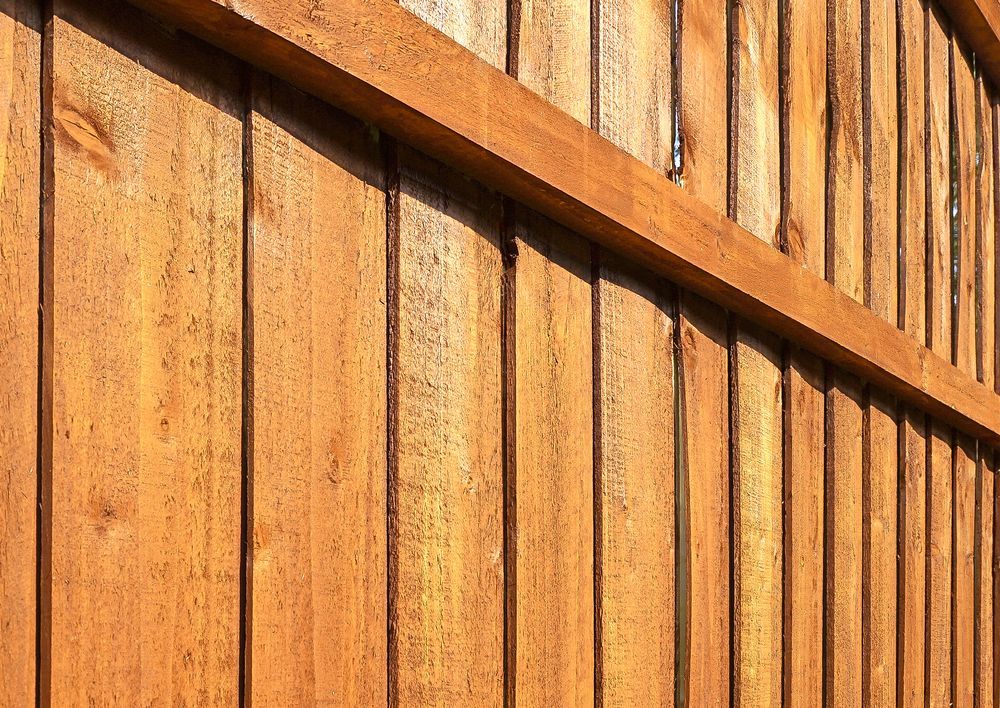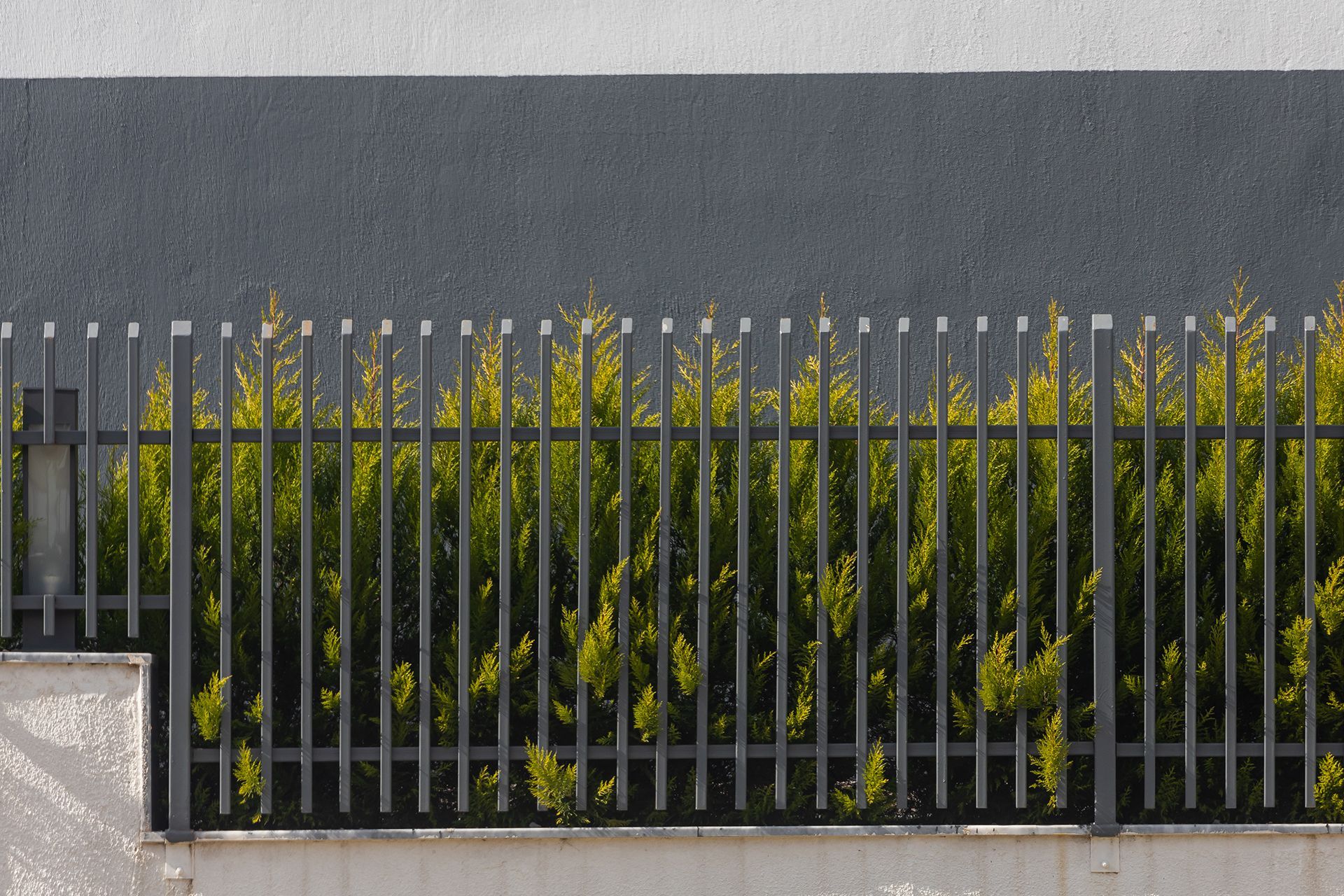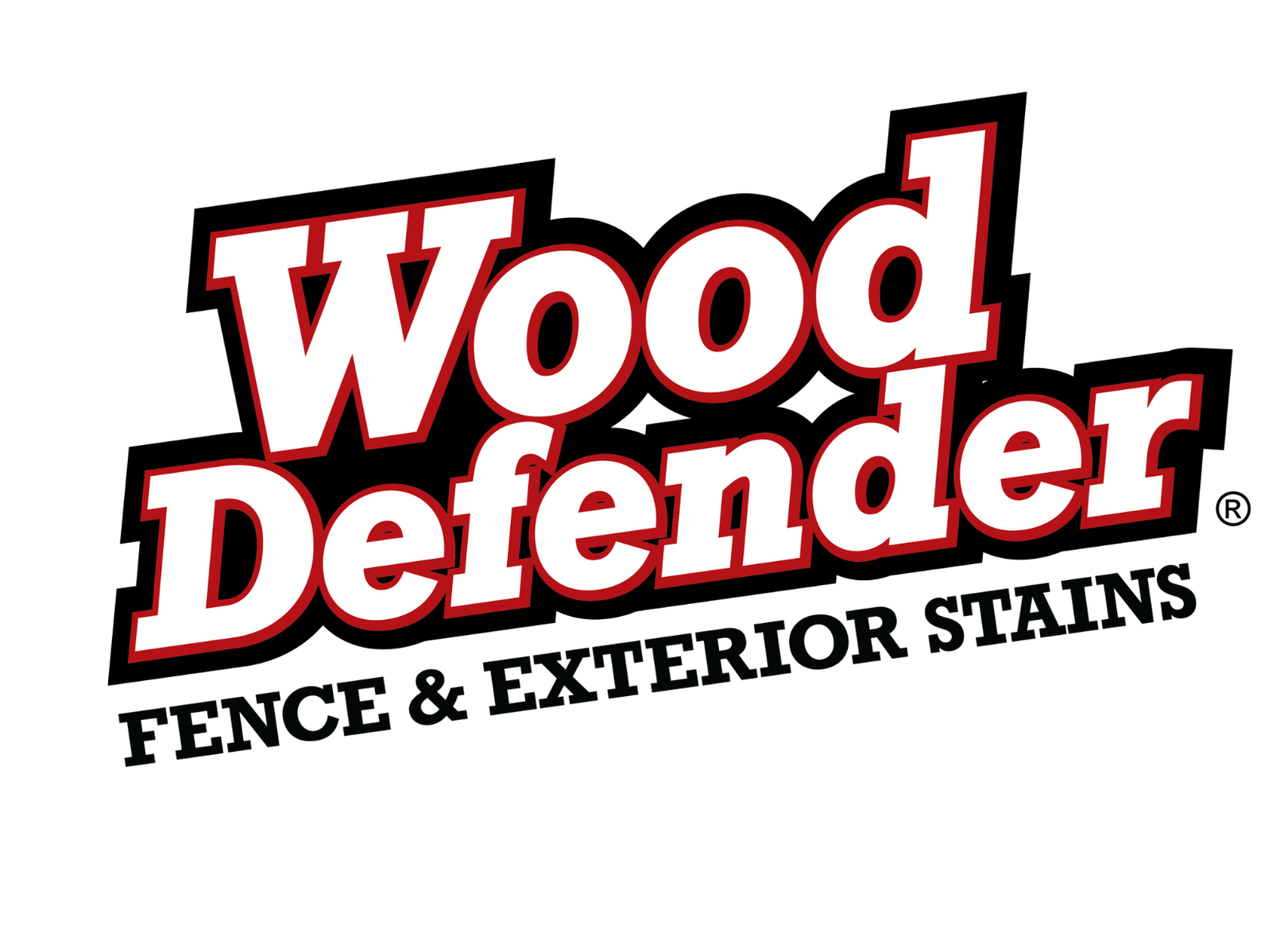2024 Central Texas Fall Readiness
Terry Davis • October 31, 2024
Fall is a great time to ensure your fence is in top shape before winter arrives. Here are some tips for maintaining your fence in Texas during the fall:
- Clean Your Fence: Remove any dirt, dust, and debris that may have accumulated over the summer. This helps prevent rot and decay. There’s new techniques rather than pressure washing. We offer these services if interested.
- Inspect for Damage: Check for any signs of damage, such as cracks, warping, or insect infestations. Address these issues promptly to prevent further deterioration. Check the base of fence posts, especially wood posts. Many homes have builder grade fences that were improperly installed with landscape timbers (rounded on 2 sides/flat on the other 2).
- Apply a Sealant: Consider applying a cedar sealant with UV protection to protect your fence from the harsh Texas sun and moisture.
- Clear Leaves and Debris: Rake up fallen leaves and clear any debris around the base of the fence. Leaves can trap moisture, leading to decay and damage.
- Reinforce and Repair: Make any necessary repairs to ensure your fence remains sturdy. This includes adding screws if your fence was built with nails, replacing damaged boards, and reinforcing weak spots.
- Inspect your gates: Check your latch spring, spray latches and hinges with silicone spray to help stop them from rusting.
By following these tips, you can help prolong the lifespan of your fence and keep it looking great throughout the fall and winter months.

A wooden fence adds charm, privacy, and security to any property, but choosing the right type of wood is crucial for longevity and aesthetics. Some woods naturally resist decay and pests, while others may require extra treatment and maintenance. In this post, we’ll explore the most popular types of wood for fencing— cedar, pine, and redwood —and their unique properties. 1. Cedar: The Durable and Naturally Resistant Choice Cedar is one of the most popular woods for fencing, and for good reason. It has natural oils and tannins that make it resistant to insects, decay, and rot. Unlike some other types of wood, cedar doesn't require chemical treatments to maintain its durability. Pros of Cedar Fencing: ✅ Naturally resistant to pests and decay ✅ Doesn’t warp or shrink easily ✅ Beautiful reddish-brown color with a pleasant aroma ✅ Can last 15–30 years with proper maintenance Cons of Cedar Fencing: ❌ Higher upfront cost than pine ❌ Requires occasional sealing or staining to maintain color ❌ Can gray over time if left untreated Best Use Cases for Cedar: Cedar is ideal for homeowners looking for a long-lasting, low-maintenance fence with a natural look. It's especially great in humid or rainy climates where resistance to moisture and pests is important. 2. Pine: The Budget-Friendly and Versatile Option Pine is another common choice for fencing, often because it is affordable and widely available . Unlike cedar, pine needs to be pressure-treated to protect it from moisture, rot, and insects. Treated pine fences can last a long time and are a great option for those on a budget. Pros of Pine Fencing: ✅ More affordable than cedar and redwood ✅ Pressure-treated versions resist rot and pests ✅ Can be painted or stained easily ✅ Can last 15–20 years with proper care Cons of Pine Fencing: ❌ Softer wood that can be prone to warping or shrinking ❌ Requires pressure treatment to improve durability ❌ Needs regular maintenance and sealing Best Use Cases for Pine: Pine is perfect for homeowners who want a cost-effective fence that can be stained or painted to match their home. It’s also a great option for large properties where affordability is a priority. 3. Redwood: The Premium and Long-Lasting Choice If you're looking for beauty and durability , redwood is one of the best fencing materials available. Similar to cedar, it has natural oils that resist pests and decay , but it also boasts a rich, deep red color that many homeowners love. Pros of Redwood Fencing: ✅ Naturally resistant to insects and rot ✅ Stunning appearance with deep red hues ✅ Extremely durable, lasting 20–40 years ✅ Less prone to warping compared to pine Cons of Redwood Fencing: ❌ Expensive, often more than cedar or pine ❌ Requires sealing to maintain color and prevent graying ❌ Availability may vary depending on location Best Use Cases for Redwood: Redwood is best for homeowners who want a premium, long-lasting fence that enhances the beauty of their property. It's especially well-suited for high-end landscaping and coastal areas where durability is a must. Final Thoughts: When selecting the right wood for your fence, consider your budget, climate, and maintenance preferences : Choose cedar if you want a naturally durable, mid-range option with minimal upkeep. Opt for pine if you need an affordable solution that can be customized with paint or stain. Invest in redwood if you’re looking for the most premium and long-lasting wood. No matter which wood you choose, regular maintenance—such as sealing, staining, and occasional repairs —will extend the life of your fence and keep it looking beautiful for years to come.
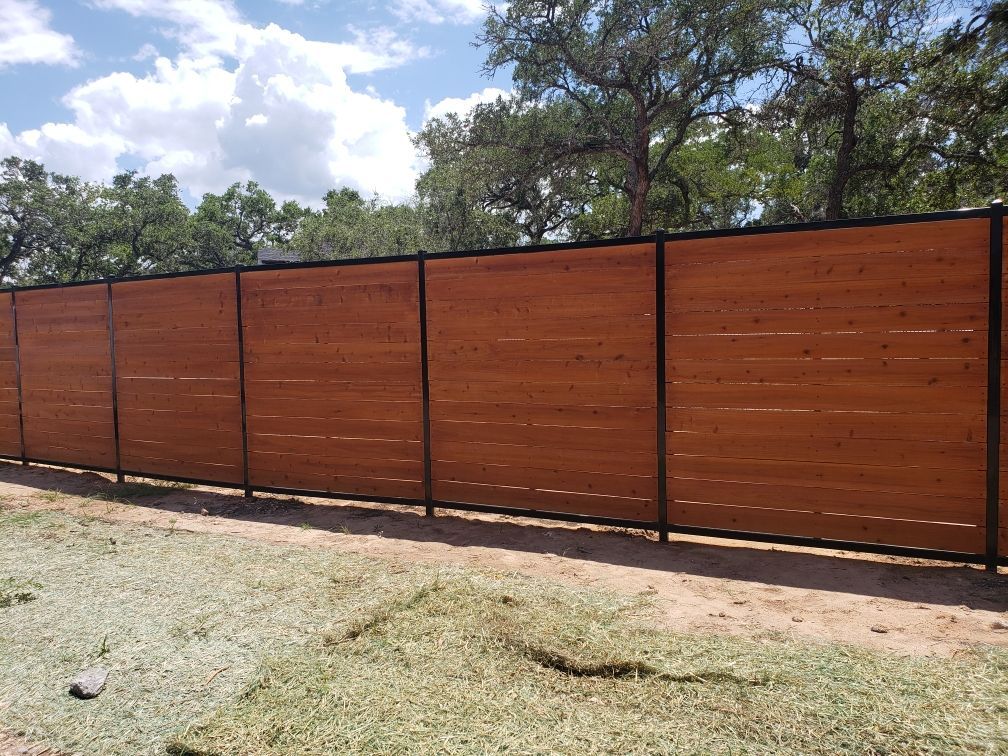
A wooden fence adds charm, privacy, and security to any property, but choosing the right type of wood is crucial for longevity and aesthetics. Some woods naturally resist decay and pests, while others may require extra treatment and maintenance. In this post, we’ll explore the most popular types of wood for fencing— cedar, pine, and redwood —and their unique properties. 1. Cedar: The Durable and Naturally Resistant Choice Cedar is one of the most popular woods for fencing, and for good reason. It has natural oils and tannins that make it resistant to insects, decay, and rot. Unlike some other types of wood, cedar doesn't require chemical treatments to maintain its durability. Pros of Cedar Fencing: ✅ Naturally resistant to pests and decay ✅ Doesn’t warp or shrink easily ✅ Beautiful reddish-brown color with a pleasant aroma ✅ Can last 15–30 years with proper maintenance Cons of Cedar Fencing: ❌ Higher upfront cost than pine ❌ Requires occasional sealing or staining to maintain color ❌ Can gray over time if left untreated Best Use Cases for Cedar: Cedar is ideal for homeowners looking for a long-lasting, low-maintenance fence with a natural look. It's especially great in humid or rainy climates where resistance to moisture and pests is important. 2. Pine: The Budget-Friendly and Versatile Option Pine is another common choice for fencing, often because it is affordable and widely available . Unlike cedar, pine needs to be pressure-treated to protect it from moisture, rot, and insects. Treated pine fences can last a long time and are a great option for those on a budget. Pros of Pine Fencing: ✅ More affordable than cedar and redwood ✅ Pressure-treated versions resist rot and pests ✅ Can be painted or stained easily ✅ Can last 15–20 years with proper care Cons of Pine Fencing: ❌ Softer wood that can be prone to warping or shrinking ❌ Requires pressure treatment to improve durability ❌ Needs regular maintenance and sealing Best Use Cases for Pine: Pine is perfect for homeowners who want a cost-effective fence that can be stained or painted to match their home. It’s also a great option for large properties where affordability is a priority. 3. Redwood: The Premium and Long-Lasting Choice If you're looking for beauty and durability , redwood is one of the best fencing materials available. Similar to cedar, it has natural oils that resist pests and decay , but it also boasts a rich, deep red color that many homeowners love. Pros of Redwood Fencing: ✅ Naturally resistant to insects and rot ✅ Stunning appearance with deep red hues ✅ Extremely durable, lasting 20–40 years ✅ Less prone to warping compared to pine Cons of Redwood Fencing: ❌ Expensive, often more than cedar or pine ❌ Requires sealing to maintain color and prevent graying ❌ Availability may vary depending on location Best Use Cases for Redwood: Redwood is best for homeowners who want a premium, long-lasting fence that enhances the beauty of their property. It's especially well-suited for high-end landscaping and coastal areas where durability is a must. Final Thoughts: When selecting the right wood for your fence, consider your budget, climate, and maintenance preferences : Choose cedar if you want a naturally durable, mid-range option with minimal upkeep. Opt for pine if you need an affordable solution that can be customized with paint or stain. Invest in redwood if you’re looking for the most premium and long-lasting wood. No matter which wood you choose, regular maintenance—such as sealing, staining, and occasional repairs —will extend the life of your fence and keep it looking beautiful for years to come.
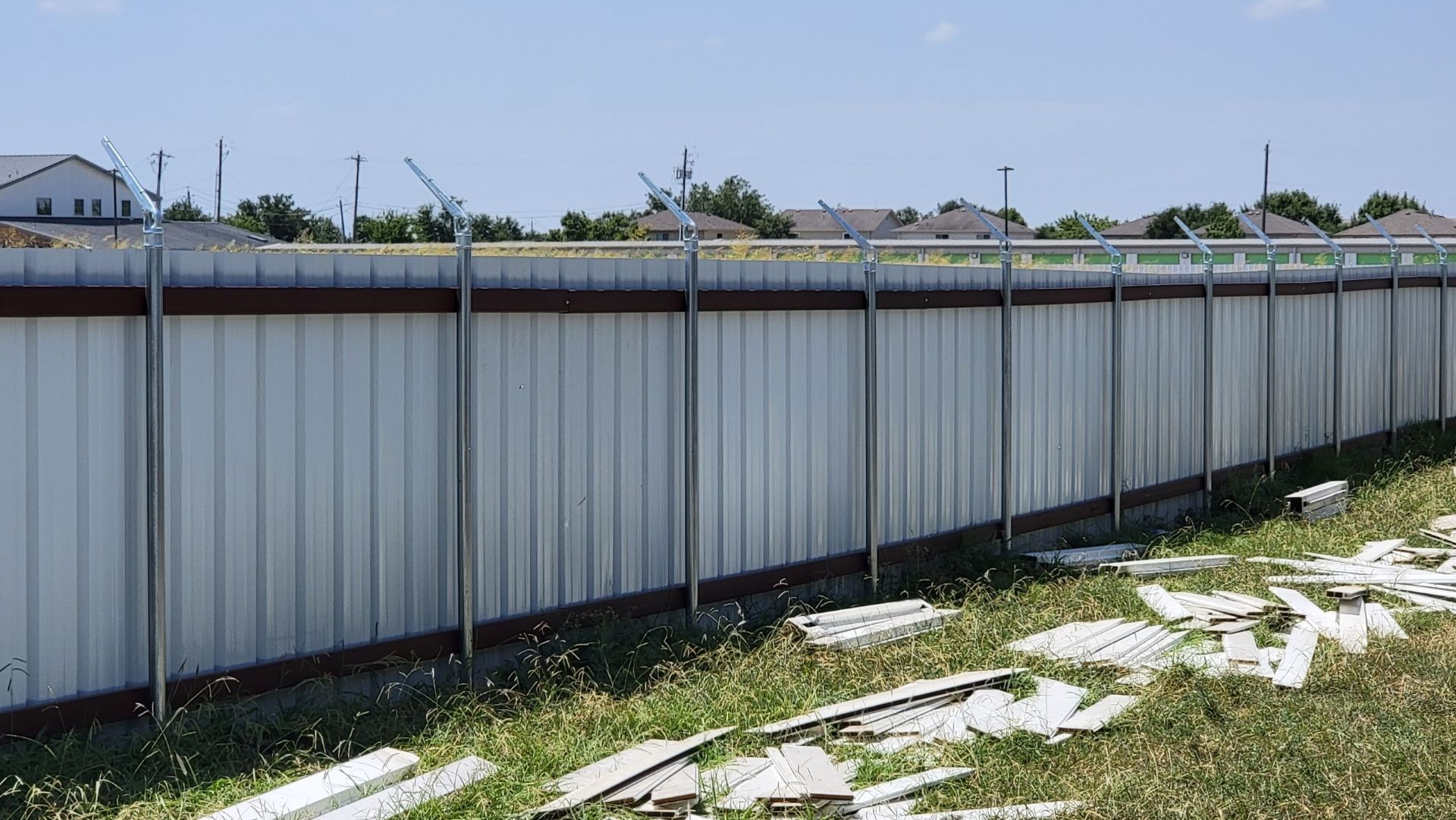
As the seasons change, so do the challenges your fence faces. Strong winds, storms, and unpredictable weather can put even the sturdiest fences to the test. At Pflugerville Pfence, we know how important it is to have a fence that stands up to the elements while keeping your property safe and secure. So, as the winds start to pick up, let’s talk about fence preparedness and how you can ensure your barrier is ready to withstand whatever Mother Nature throws its way. Signs Your Fence May Need Reinforcement Before the strong winds arrive, take a moment to inspect your fence for these common weaknesses: ✔ Loose or Rotting Posts – Wooden fences can deteriorate over time, and weak posts are the first to fall when strong winds hit. Check for signs of rot or instability. ✔ Rust and Corrosion – If you have a metal or chain-link fence, rust can weaken its structure. Look for signs of wear and treat them before the next storm. ✔ Cracked or Warped Panels – Vinyl and wooden fences can warp or crack due to temperature changes. These weak points make your fence more vulnerable to wind damage. ✔ Unstable Footings – If your fence posts aren’t set deep enough or have shifted over time, they won’t provide the necessary support against high winds. How to Strengthen Your Fence Against Wind If you notice any of these issues, don’t wait until it’s too late! Here are some proactive steps you can take: 🔨 Reinforce the Posts – Ensure all posts are deeply set (at least 2 feet in the ground) and secured with concrete. If they feel loose, consider reinforcing them with additional support. 🌲 Trim Nearby Trees and Bushes – Overgrown branches can add pressure to your fence or even cause damage if they break during a storm. Keep surrounding vegetation well-maintained. 🔗 Choose Wind-Resistant Materials – Solid panel fences may act as a sail in strong winds. If you live in a windy area, consider designs like shadowbox fencing , which allows air to pass through while maintaining privacy. 🛠 Repair Before the Storm – Small cracks or minor leaning issues can turn into major damage when the wind picks up. Address repairs before bad weather strikes. Upgrade to a Stronger, More Durable Fence If your current fence has seen better days, it might be time for an upgrade. At [Your Company Name], we offer high-quality fencing solutions designed to withstand harsh weather conditions. Whether you need a durable vinyl , sturdy aluminum , or reinforced wooden fence , we’ve got you covered. Get Your Fence Storm-Ready Today! Don’t wait until the winds are howling to think about your fence’s strength. Contact Pflugerville Pfence today for a free inspection and consultation. Our team of experts will help you fortify your fence or install a new one that’s built to last. Stay safe, stay secure, and stay ahead of the storm! 🌬🏡
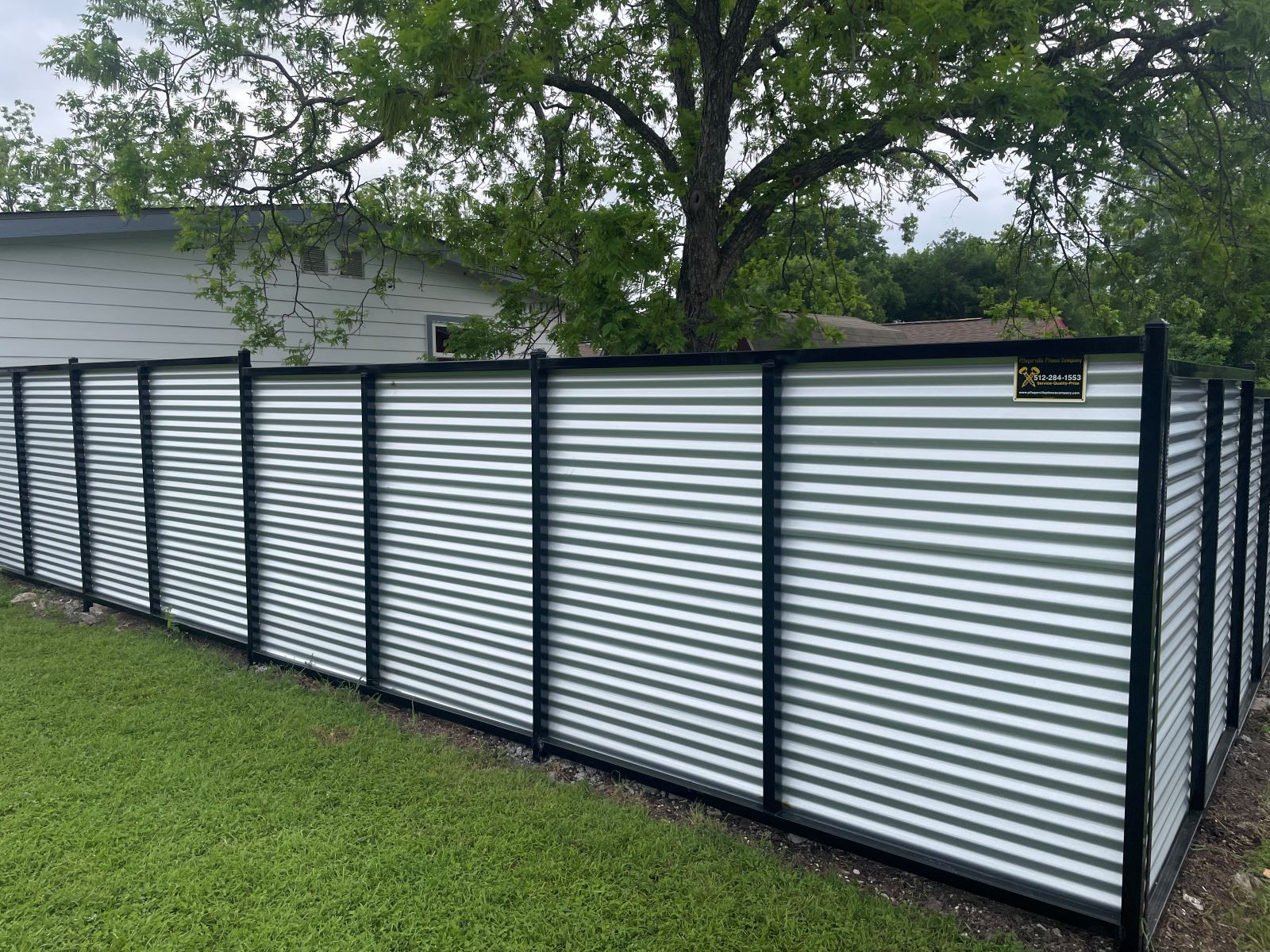
When it comes to fences, it can be difficult at times when you dive into it We’ve helped tens of thousands over the years with their first fence repair/replacement from all ages. We understand you may buy several cars, homes or commodities and you know the protocol and what to expect each time. There’s many opinions & suggestions from fence companies and how to go about the bidding process, approaching neighbors, overall fence construction, material options, payment process and more. We visit your property to see the scope of work, answer any questions, review for any obstacles and offer any recommendations if requested We can guide you through shared fence lines discussions and share Best Practices that’s worked for many other homeowners. We have all types of fences we have experience with as well as HOA community experience when there’s not much deviation from their guidelines and requirements. We also are familiar with city code on fence styles and heights. We can offer a wide range of fence material depending on your budget and situation. If it’s wood, we will build with screws always We accept all forms of payment (Cash, Check, Debit/Credit Card) and we offer 18 months no interest financing. Our secure pay portal is on our website. We also break down the quote based on each segment of the property so it’s easy to show the neighbors the fence line, footage and cost. We can also break down the quote and send directly to the neighbor for them to pay us directly. Our bids are complimented often. They are very professional and easy to understand. From the site details to our in-depth company and fence information to the property breakdown and item description to the color coded site drawing along with the actual contract. This makes it easy to review your bid, sign electronically Scheduling is done based on your needs and property availability. We work Monday through Saturday and we also contact 811 for the utilities to be marked prior to the fence work as required by the state. Our crew will complete a final walk through upon completion to ensure your project is completed properly and with your approval.
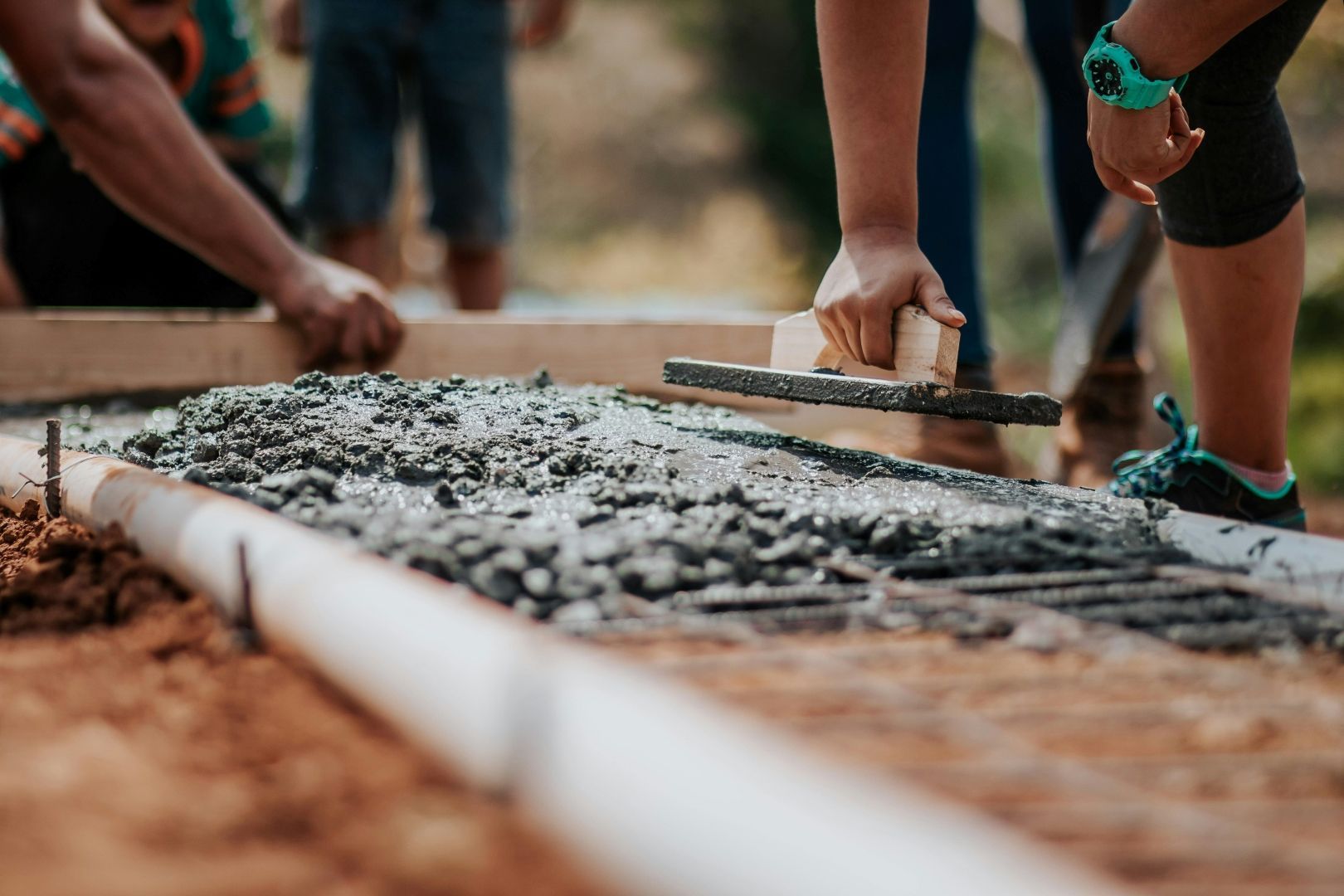
When it comes to building projects, whether residential, commercial, or industrial, the choice of materials can make all the difference in the durability, longevity, and overall success of the structure. Concrete, the foundation of much of modern construction, is no exception. Traditionally, standard concrete has been the go-to option for most projects, but over time, innovations in construction materials have led to the rise of alternatives that promise enhanced performance. One such innovation is Maximizer Concrete, a superior option compared to standard concrete. In this post, we’ll explore the benefits of Maximizer Concrete and why it’s quickly becoming the material of choice for many construction professionals and project managers. What is Maximizer Concrete? Maximizer Concrete is an advanced blend of high-performance materials designed to exceed the capabilities of traditional concrete. This innovative mix uses a combination of special additives, fibers, and aggregates that result in a concrete mix offering improved strength, durability, and resistance to wear and tear. It’s engineered to address common issues that arise with standard concrete, such as cracking, shrinkage, and lower longevity under harsh environmental conditions. Key Benefits of Maximizer Concrete Over Standard Concrete 1. Enhanced Durability Maximizer Concrete boasts superior durability compared to traditional concrete. Its unique composition offers increased resistance to cracking, water infiltration, and freeze-thaw cycles. Standard concrete, while durable, is more susceptible to environmental damage over time, particularly in areas that experience extreme weather conditions. Maximizer Concrete’s resilience means fewer repairs and maintenance costs in the long run, making it an ideal choice for structures exposed to harsh climates or heavy wear. 2. Higher Strength One of the most significant advantages of Maximizer Concrete is its enhanced compressive strength. Standard concrete typically has a strength of around 3,000 to 5,000 psi (pounds per square inch), while Maximizer Concrete can exceed 7,000 psi, depending on the mix. This increased strength allows for the construction of more robust structures, reducing the need for additional reinforcement and enabling the use of less material without sacrificing stability. 3. Better Crack Resistance Cracking is a common problem in concrete, often caused by shrinkage, thermal expansion, or external forces. Maximizer Concrete is formulated with materials that reduce shrinkage and improve flexibility, significantly lowering the likelihood of cracks forming over time. By preventing cracks, Maximizer Concrete helps maintain the structural integrity of buildings and infrastructure, which is vital for both safety and longevity. 4. Improved Workability Despite its higher strength and durability, Maximizer Concrete is easier to work with than standard concrete. It has improved flowability and can be placed more efficiently, reducing the labor time and complexity of the project. This enhanced workability leads to a smoother surface finish and fewer issues during the pouring and setting process. 5. Sustainability Maximizer Concrete is often a more sustainable option compared to standard concrete. Some formulations of Maximizer Concrete incorporate recycled materials, reducing the overall carbon footprint of the construction project. The added longevity and reduced need for repairs also contribute to a more environmentally friendly construction process, as structures built with Maximizer Concrete require less frequent replacements and repairs, saving resources over time. 6. Lower Maintenance Costs Because of its superior resistance to environmental factors and reduced susceptibility to cracking and wear, Maximizer Concrete requires less maintenance than standard concrete. This translates into significant cost savings over the lifetime of the structure. With fewer repairs needed, owners of buildings constructed with Maximizer Concrete can expect lower long-term maintenance costs, making it a wise investment. 7. Versatility Maximizer Concrete’s exceptional performance characteristics make it suitable for a wide range of applications. Whether it’s being used for foundations, parking lots, pavements, bridges, or even industrial floors, Maximizer Concrete excels in various environments. Its versatility and superior properties allow it to perform in demanding situations where standard concrete may fall short. Real-World Applications Maximizer Concrete is used in many high-performance projects where strength, durability, and longevity are paramount. Some of its common applications include: - Infrastructure projects : Highways, bridges, and tunnels often benefit from Maximizer Concrete’s superior strength and crack resistance. - Commercial and residential buildings : Buildings subjected to high traffic or harsh environmental conditions, such as coastal areas or places with freeze-thaw cycles, can benefit from the durability of Maximizer Concrete. - Industrial applications : Factories and warehouses with heavy equipment or machinery benefit from Maximizer Concrete’s high strength and wear resistance. Conclusion While standard concrete remains a reliable and widely used material in construction, Maximizer Concrete offers distinct advantages that make it a better choice for many modern projects. Its superior strength, durability, crack resistance, and reduced maintenance costs position Maximizer Concrete as a long-term solution for those looking to enhance the performance and lifespan of their structures. Whether you’re working on a residential project, an infrastructure endeavor, or an industrial application, choosing Maximizer Concrete can help you build stronger, more durable, and more cost-effective structures. As the demand for high-performance materials grows, Maximizer Concrete is quickly establishing itself as the future of construction.

The economic situation in North America is currently marked by one of the most intense trade conflicts in recent history. President Trump's decision to impose new tariffs—10% on all imports from China and 25% on goods from Mexico and Canada—has reverberated across global markets, and several industries are poised to feel the strain. One of the most significant sectors affected is Canadian lumber, which plays a crucial role in the US timber market. New Tariffs Impacting Key Trading Partners President Donald Trump declared an economic emergency to enforce new tariffs, specifically targeting Canadian imports with a 25% duty. Canada is a major trade partner for the US, and the tariffs focus on a range of goods, including energy products (oil, natural gas, and electricity) and timber. On August 13, 2024, the U.S. Department of Commerce issued its final findings in the Fifth Annual Administrative Review of Canadian lumber exports. This review resulted in a new combined duty rate of 14.54%, nearly double the previous rate of 8.05%. The new rate applies to both past shipments from 2022 and future exports. For the Canadian softwood lumber sector, already the largest foreign supplier of softwood lumber to the U.S., this poses a significant challenge. Industry experts believe that the 25% tariff imposed under the economic emergency could be added on top of the newly adjusted duty rate, bringing the total effective tariff to 39.5%. This situation is expected to affect lumber producers and professionals in the forest products industry on both sides of the border. Though there was a one-month delay announced for these tariffs on February 4, understanding their potential effects remains crucial. What Effects Will These Tariffs Have on the US Lumber Market? Both Canada (on the supply side) and the U.S. (on the demand side) are set to face significant challenges. However, the U.S. market may emerge in a stronger position in the long term. ResourceWise estimates that approximately 1.3 billion board feet of lumber capacity in British Columbia is now at risk due to these tariffs. The added expenses make it more difficult for Canadian producers to export lumber to the U.S. profitably. Canada is a leading supplier of Spruce-Pine-Fir (SPF) lumber. When U.S. demand exceeded Canadian supply in the past, the Pacific Northwest (PNW) stepped in to fill the gap, followed by imports from Europe. Currently, European imports meet about 6% of U.S. demand. With tariffs on Canadian lumber increasing, PNW producers and European exporters are expected to benefit from this shift. As PNW production rises to compensate for reduced Canadian imports, log availability in the region will decrease, leading to higher log prices and increased pressure on sawmill profits. Southern Yellow Pine (SYP), though not a direct substitute for SPF in framing applications, might see an uptick in demand, benefiting the South. However, log prices are not expected to rise significantly due to an ample supply of pine sawtimber. Potential Adaptations for the US Lumber Market To make up for the reduction in Canadian supply, several potential scenarios could unfold: Increased Production in the Pacific Northwest (PNW): Operating rates in the PNW are currently low, but are expected to rise from the low 70% range to approximately 80%. This increase could boost lumber production by 5% to 10%, adding up to 1.3 billion board feet annually. However, this may come with higher log prices as demand for logs increases. Scaling Up Southern Production: Southern sawmills might also increase their production to fill the gap. If PNW production only rises by 5%, the shortfall will require a 3% boost in Southern production. With no shortage of sawlogs, sawtimber prices in the South are expected to remain stable. Boosting European Imports: If PNW production is on the lower end of the projected range, Europe could increase its exports to the U.S. by 22% to help fill the supply gap. However, to make these volumes profitable, lumber prices will need to increase sustainably. What Should Forest Products Professionals Expect? The full effects of the tariffs on the lumber market won’t be felt immediately, but their long-term impact could reshape industry dynamics. A decline in Canadian lumber imports might lead to mill closures and a permanent reduction in capacity. This shift could open opportunities for U.S. producers or European importers to fill the gap. Global buyers will need to diversify their sourcing strategies more than ever. However, geopolitical and economic uncertainties mean that diversification carries its own risks. Staying Prepared in an Evolving Economic Landscape The U.S. lumber market is preparing for a challenging period, and it’s crucial for businesses to adapt. The ongoing U.S.-Canada trade tensions underscore the fragile nature of global trade, and for lumber producers, these tariffs present both a challenge and an opportunity. Staying informed and leveraging data-driven strategies is key to maintaining competitiveness during this period of change. ResourceWise offers tools to help forest products professionals navigate these shifts, providing: Market Data: Access to real-time information on lumber supply, pricing, and demand trends. Expert Insights: Analysis of how tariffs and geopolitical tensions affect the marketplace. Forecasting Tools: Advanced tools to predict market shifts and plan accordingly.
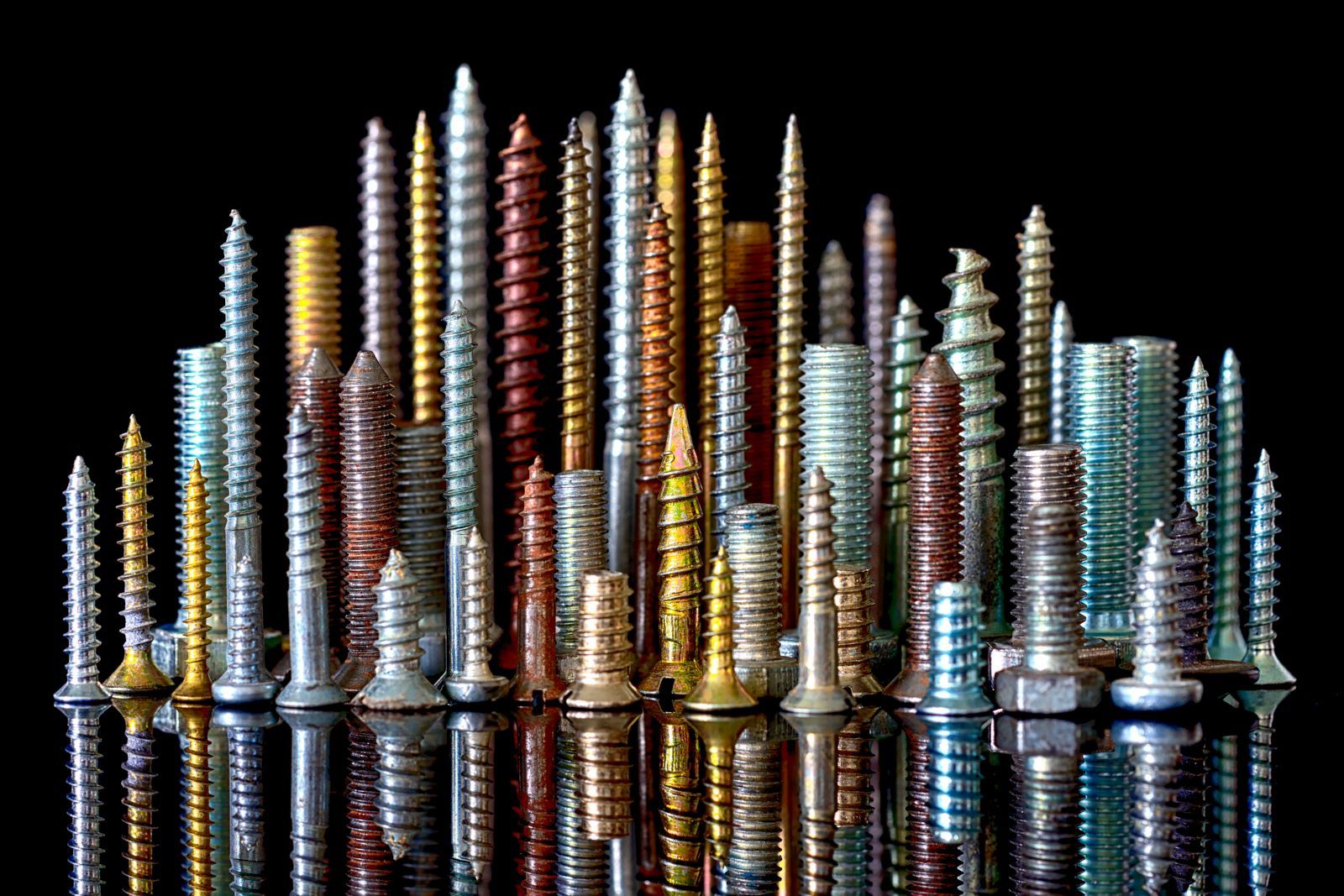
When building or maintaining a deck or fence, one of the key decisions you'll face is whether to use nails or screws to fasten the boards. While nails have traditionally been the go-to choice for wood construction, screws are increasingly preferred for a variety of reasons. Below, we explore why screws often outperform nails in deck and fence projects.: Superior Holding Power : Remove any dirt, dust, and debris that may have accumulated over the summer. This helps prevent rot and decay. There’s new techniques rather than pressure washing. We offer these services if interested. Increased Durability : One of the most significant advantages of screws over nails is their superior holding power. Screws are designed with threads that grip into the wood, which means they’re much less likely to pull loose over time. As the wood expands and contracts with changing weather conditions, nails can shift, causing boards to loosen or even detach. With screws, this shift is less of a concern, as the threads hold the wood in place more securely. Easier Removal and Repair : Another benefit of screws is that they’re much easier to remove if repairs or adjustments are necessary. If a board becomes damaged, or if you need to modify the layout of your fence or deck, screws can be unscrewed and replaced with minimal effort. In contrast, nails can be tricky to remove, and the process might damage the surrounding wood, making repairs more challenging. The ease with which screws can be removed makes them a far more flexible option for projects that may need future modifications. Less Risk of Splitting : When installing fasteners into wood, especially near the edges, there’s a risk of splitting the material. Nails, particularly if they’re driven in too forcefully or without pilot holes, can easily cause wood to split. Screws are far less likely to split wood, especially if you pre-drill pilot holes to guide the screw in smoothly. This reduces the chances of damaging the boards during installation, which can save time and money in the long run. Aesthetic Appeal : For homeowners or contractors concerned with the appearance of the finished project, screws also offer an aesthetic advantage. Unlike nails, which may leave noticeable dimples or heads that can detract from the look of the structure, screws can be countersunk below the surface of the wood. Once installed, these screw holes can be filled with wood filler or covered with decorative plugs, creating a smooth, seamless finish. This can give your deck or fence a more polished, professional look. Long-Term Cost Efficiency: Although screws may cost a bit more upfront compared to nails, their long-term value cannot be overstated. With their superior holding power, durability, and ease of repair, screws reduce the likelihood of needing frequent repairs or replacements, which can save both time and money in the future. In contrast, decks or fences built with nails may require more maintenance and faster replacements, ultimately making screws the more cost-effective choice over time. While nails may be cheaper and quicker to use in the short term, screws offer clear advantages when it comes to building strong, durable, and aesthetically pleasing decks and fences. Their superior holding power, durability, ease of removal, and reduced risk of splitting make them a better option for ensuring that your outdoor structures last for years to come. Whether you’re a DIY enthusiast or a seasoned contractor, opting for screws is an investment that can make a noticeable difference in the quality and longevity of your project.
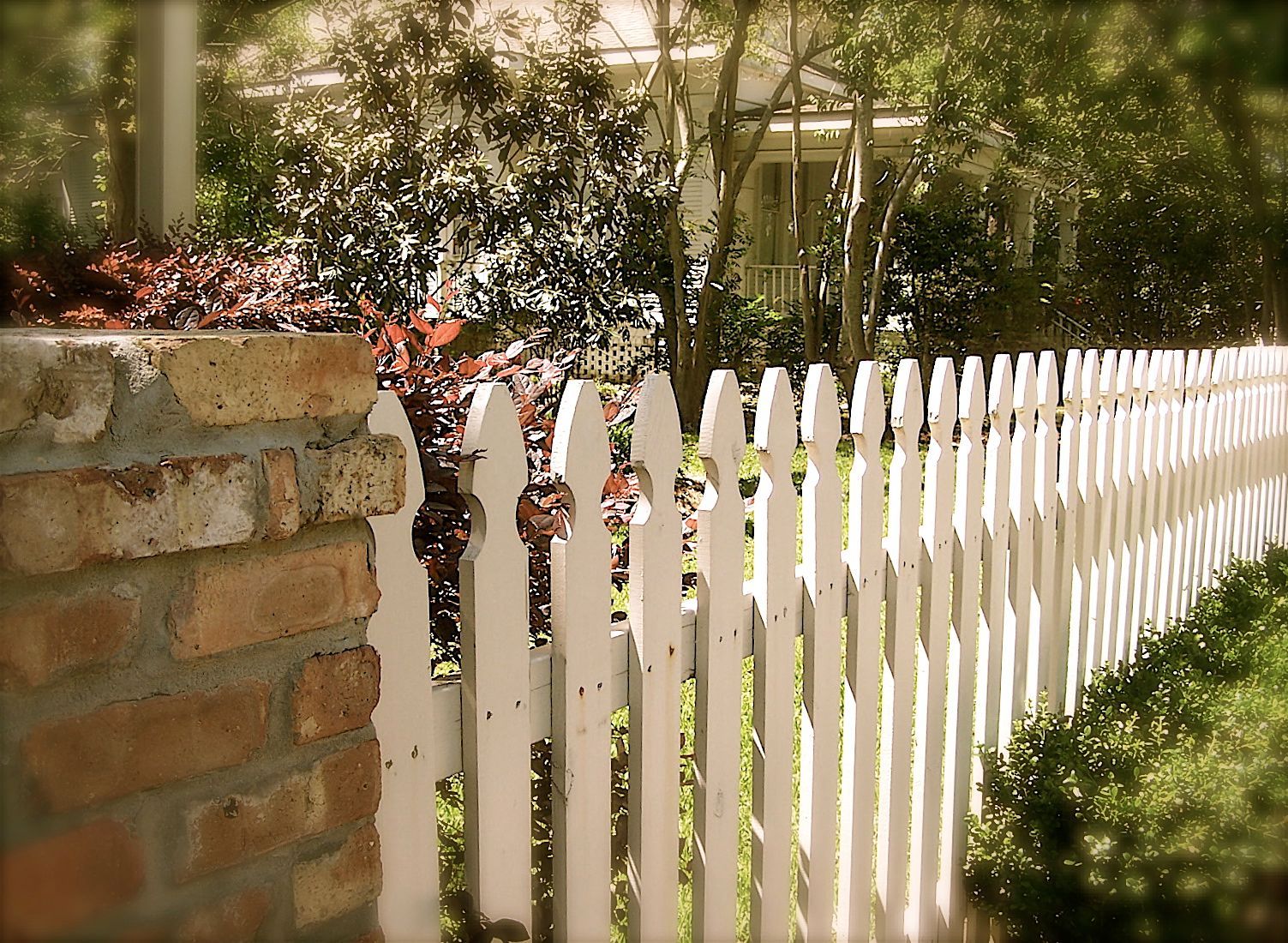
According to texaslawhelp.org Texas has detailed laws that will solve the dispute of who owns the fence regardless of who has the posts or who has the pickets 3.0 FALLING TREES, FLYING LIMBS & RELATED NOISES 3.1 Overview This chapter addresses situations in which natural disasters— heavy rains, high winds, flooding, etc.— cause uprooted trees, broken tree limbs, and other like objects to damage persons or property, including noise during cleanup. 3.2 Most Common Issues/Questions The fence between my property and my neighbor's property is down. Who has to pay to replace it? 3.3 Summary of the Law As a practical matter, the answers to many of the above questions depend on whether the property owners in question have homeowner's insurance. The answers also might vary city to city or county to county as ordinances and local regulations vary and as local municipal departments are at times responsible for cleaning up neighborhoods. As a general rule, compensation may not be obtained for losses, damage, or harm suffered as a result of an act of God, which means an occurrence due directly and exclusively to natural causes without human intervention and which no amount of foresight or care, reasonably exercised, could have prevented (including natural disasters). "[Damages resulting from an act of God are not ordinarily chargeable to anyone." Hutchings v. Anderson, 452 S.W.2d 10, 15 (Tex. App.-Dallas 1970, no writ). There are, however, at least two exceptions to this general rule. The first exception to the "act of God" rule is damage suffered by a homeowner or tenant due to high winds or rain may be covered by an insurance policy, and damage caused by flooding may be covered by a separate flood insurance policy (sold by an insurance agent and overseen by the Federal Emergency Management Agency as part of the National Flood Insurance Program.). The first question, then, is whether the homeowner or tenant has an insurance policy, and the second is, if so, whether the policy covers losses due to the specific kind of damage that has occurred (for example, damage from high winds and rain). A policy may exclude coverage for any losses from disasters altogether or may cover only some types of losses, but not others. In one case, a policy did not mention disasters specifically, but excluded from coverage any losses caused by floods and high water, "whether driven by wind or not." That policy language prompted a fact-intensive inquiry into which damages were caused by rising waters and which were caused by wind-driven rain. National Union Fire Insurance Co. v. Cox, 393 S.W.2d 939 (Tex. App.— Houston 1965, no writ). The second thing to note is that this "act of God" doctrine applies only where a natural disaster or similar act of God is the sole or exclusive cause of the damages. Macedonia Baptist Church v. Gibson, 833 S.W.2d 557, 560 (Tex. App.-Texarkana 1992, writ denied) ("An accident is the result of an act of God when it is due directly and exclusively to natural causes without human intervention."). It does not apply to situations in which negligence has been a substantial contributing cause of the damages, regardless of whether or not the person who is negligent could have reasonably foreseen the disaster or its force. After a homeowner successfully sued to recover for damages caused by a billboard sign that collapsed on her house during Hurricane Alicia in 1983, one Texas court stated: [Conditions created by the defendant's initial negligence must not have run their course and must have actively contributed to the injuries. ... If an actor's conduct is a "substantial factor" in causing harm to another, the fact that he did not foresee nor should have foreseen the extent of the harm or the manner in which it occurred does not preclude liability. Gannett Outdoor Co. of Texas v. Kubeczka, 710 S.W.2d 79, 85 (Tex. App.-Houston [14* Dist.] 1986, no writ (citations omitted). That court found that the billboard company's failure to take "adequate precautionary measures" to secure the sign "actively contributed" to the sign's falling on the house, regardless of whether the force of Hurricane Alicia had been foreseeable. Id. In that regard, a failure to secure objects that can reasonably be expected to be swept up in a disaster likely gives rise to liability. Similarly, the failure to take steps to remove, or at least secure, a diseased or dead tree may well make a homeowner liable for damages if the tree is uprooted by a disaster and damages neighboring property or persons. 3.5 FAQS Q. 3-7 The fence between my property and my neighbor's property is down. Who has to pay to replace it? If a fence is located entirely on your neighbor's property, the fence is considered to be the exclusive property of your neighbor. Consequently, unless you have entered into an enforceable agreement with your neighbor or certain deed restrictions mandate that fences be erected and divide responsibilities among neighbors, you are not obligated to fix the fence on your neighbor's property, nor can you compel your neighbors to fix their fence. On the other hand, if the fence is on your property, it is your responsibility to fix it, though your neighbor cannot compel you to replace the fence. If the fence was originally installed on your neighbor's property but fell on to your property as a result of the storm, you can remove the fence from your property in the same way you can move trees and limbs from your property. If the fence is on the boundary line between both properties, both property owners own the fence as long as both "use" it, unless an agreement indicates otherwise. Thus, you and your neighbor would share the cost of repairing and replacing the fence. Check local ordinances for the applicable definition of "use."

